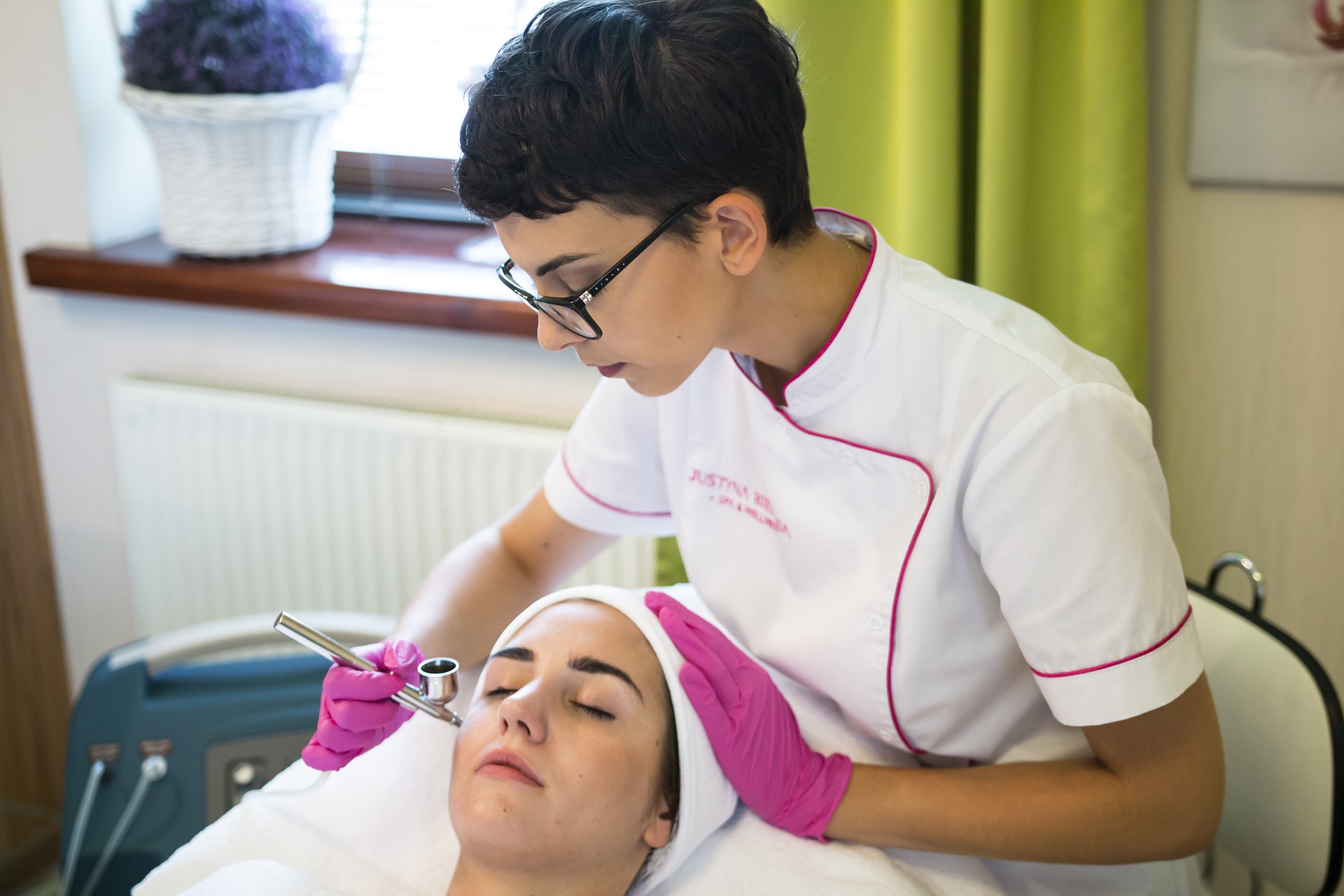Decoding the Phenomenon of Botox: A Comprehensive Look
The beauty industry is a dynamic realm, perpetually evolving and innovating, always pushing the boundaries of what is possible. One of the most significant advancements in recent years is the introduction and subsequent rise of Botox. Initially approved for medical use in the late 1980s, Botox, or botulinum toxin, was initially used to treat muscle spasms. However, as the world entered the 21st century, it was also approved for cosmetic use, revolutionizing the beauty industry and giving rise to a new era of non-invasive aesthetic procedures.

Botox: From Therapeutic to Aesthetic
Botulinum toxin was initially discovered in the 19th century, but it wasn’t until the 1980s that it began to find its place in the medical world. Initially, it was used as a treatment for muscle spasms, particularly those affecting the eye and neck. However, during these treatments, it was observed that the wrinkles and lines in the areas treated were noticeably reduced.
This led to the exploration of Botox as a cosmetic treatment. In 2002, the US Food and Drug Administration approved Botox for cosmetic use to treat moderate to severe frown lines. This was a groundbreaking moment, marking the beginning of the widespread use of Botox for aesthetic purposes.
The Rise and Reception of Botox
With its approval for cosmetic use, Botox quickly became a popular option for those seeking to reduce the appearance of wrinkles and fine lines. Its popularity was bolstered by the fact that it was a non-invasive procedure with minimal downtime, making it a convenient option for those who did not want to undergo surgery.
The reception of Botox has been largely positive, with many praising its ability to provide a more youthful appearance. However, like any medical procedure, it has also attracted criticism and concerns, particularly relating to its long-term effects and potential complications. Despite these concerns, the demand for Botox continues to grow, highlighting its appeal and acceptance among the public.
The Impact of Botox on the Beauty Industry
The introduction of Botox has undeniably left a significant mark on the beauty industry. It has opened up a whole new category of non-invasive treatments, paving the way for other injectables such as dermal fillers. It has also challenged the traditional narrative of aging, giving individuals more control over their appearance as they age.
Moreover, the popularity of Botox has also spurred innovations within the industry. For instance, ‘preventative Botox’ has emerged as a trend among younger individuals who wish to use Botox to prevent the formation of wrinkles, rather than treating existing ones. This trend reflects the impact of Botox on the beauty industry and how it has shaped consumer behavior and expectations.
Unique Insights into Botox
While Botox is most commonly associated with the reduction of wrinkles, it also has a range of other uses. It has been approved for a variety of medical conditions, such as chronic migraines, hyperhidrosis (excessive sweating), and certain muscle disorders. Moreover, there is ongoing research into potential new uses for Botox, demonstrating its versatility and potential.
In addition, there is an increasing interest in ‘natural-looking’ Botox. This involves using smaller doses to achieve subtler results, rather than the ‘frozen’ look that can sometimes result from larger doses. This shift towards a more natural aesthetic reflects broader trends within the beauty industry and shows how Botox is adapting to meet these changing preferences.
The Future of Botox
As we look to the future, Botox is likely to continue playing a significant role in the beauty industry. With ongoing research and technological advancements, we can expect to see new uses and techniques emerging.
Moreover, as societal attitudes towards aging and beauty continue to evolve, so too will the use of Botox. It offers individuals the opportunity to take control of their aging process, providing a tangible way to align their physical appearance with their personal identity. As such, Botox is more than just a cosmetic treatment; it is a tool for self-expression and personal empowerment.
In conclusion, the phenomenon of Botox is a testament to the dynamic nature of the beauty industry. From its origins in medical treatment to its current status as a popular cosmetic procedure, Botox has not only altered the landscape of aesthetic treatments but also challenged societal perceptions of aging and beauty. As we move forward, it will be fascinating to see how Botox continues to evolve and shape the future of the beauty industry.




